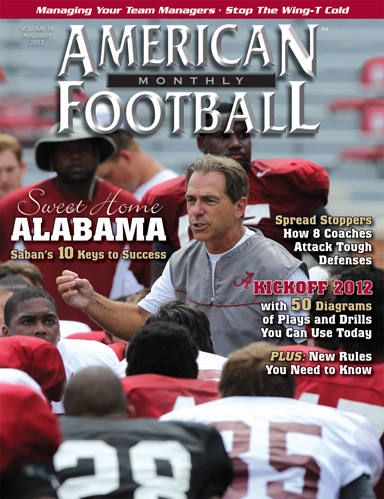Article CategoriesAFM Magazine
|
Get More Out of Your Film By Having Better Filmby: JohnAllen SnyderOffensive Coordinator Pequea Valley High School (PA) © More from this issue In today’s coaching world, film is a major tool for success. Yet, sometimes we get film that just isn’t up to par. When you get opponents’ film, you are left at the mercy of their filmer. Often it’s a young manager, injured player, young coach, or possibly a volunteer. Your own filmer can sometimes be very green with the camera, have tripod issues or even miss entire plays. People can forget equipment, and then you’re stranded without film. We’ve all had it happen during our coaching careers.
What we have done at Pequea Valley is set up a very simple, yet detailed system for our technology throughout the week and especially on game day. Our filmers know exactly what is expected of them leading up to game day, during the game, and after the game. It is very s....The full article can only be seen by subscribers.
|
|
|||||||
| HOME |
MAGAZINE |
SUBSCRIBE | ONLINE COLUMNISTS | COACHING VIDEOS |
Copyright 2025, AmericanFootballMonthly.com
All Rights Reserved





